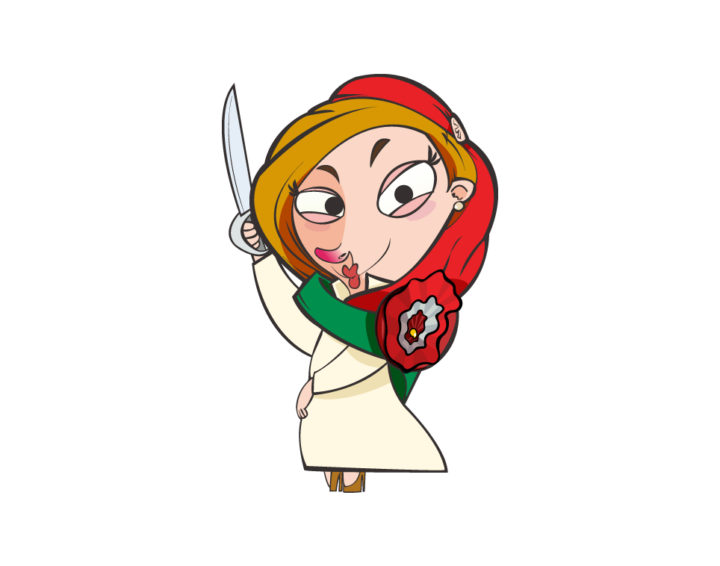Historic Carnival of Ivrea
The origins of Historic Carnival of Ivrea can be far back around the sixteenth century, when the party was being managed, in rivalry of Them, from the various districts of the city, representatives from the parishes of San Maurizio, San Lorenzo, Sant’Ulderico, San Salvatore and San Grato.
Of this period remain some of the ceremonial aspects that have been preserved over time, as the parade of Abba which in those days were probably the dissolute young men, and that, in the “upside-down world” typical of the carnival festivities, playfully taking charge the commanders of the Free Commune militia. There is rising and burning of the Scarl, ritual with clear references to fertility or high wooden poles completely covered with Calluna (a small perennial shrub that grows to a height of 20-50 cm) dry.
On carnival Monday, the last married couple loosens the quarter, with a pickaxe, the land where it will be stuck Scarlo; on Tuesday evening, as conclusive of the carnival ceremony that gives way to Lent, the same Abba, accompanied by a procession, shall with torches to set fire to make a bonfire.
The General began as a carnival figure dating back to the early ‘800, ie evoking the symbol of the municipal authority, which dresses the Napoleonic army uniform and symbolically assumes the powers of management and command of the party. Since the nineteenth century, therefore, it opened a phase of “historicizing” of the ceremony, by connecting the meaning of its celebration support the ideals of freedom, joints in Piedmont with the French Revolution. There is to be mentioned in this regard, one of the elements that characterize most of the three days of celebration, namely the obligation for all participants, otherwise the risk of becoming the target of “pretty orange throwing”, to wear red Phrygian cap, as a revolutionary icon made famous by Marienne and SanculettiParisians .
The uniforms worn by the General Staff, the officers placed under the General Orders, are those of the same Napoleonic army. Similar uniforms bring the four Sutlers that, in the three-day festival on Thursday, Sunday and Tuesday parade on horseback along the state maggiore.Nel 1859 he said the presence of the figure of the Miller’s wife, born out of Violetta legend; the protagonist of the entire event, represented by a town named annually, which overlooks the balcony of City Hall on the evening of Saturday the ceremonies.
Source: https://it.wikipedia.org/wiki/Storico_Carnevale_di_Ivrea#Le_figure_del_Carnevale_di_Ivrea

